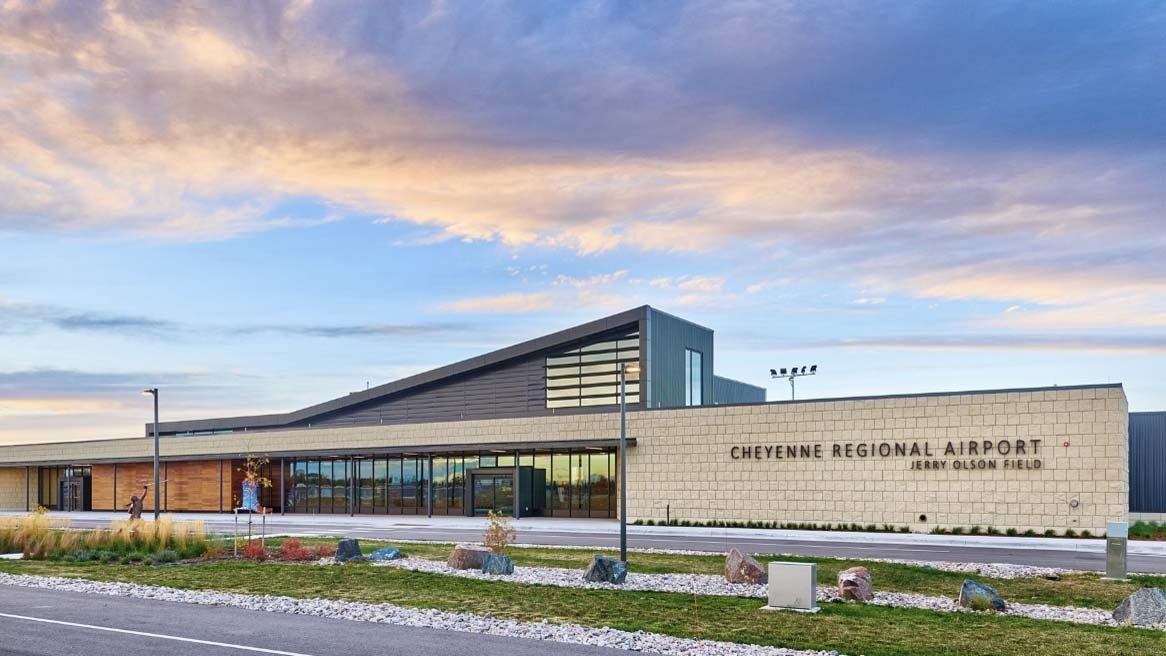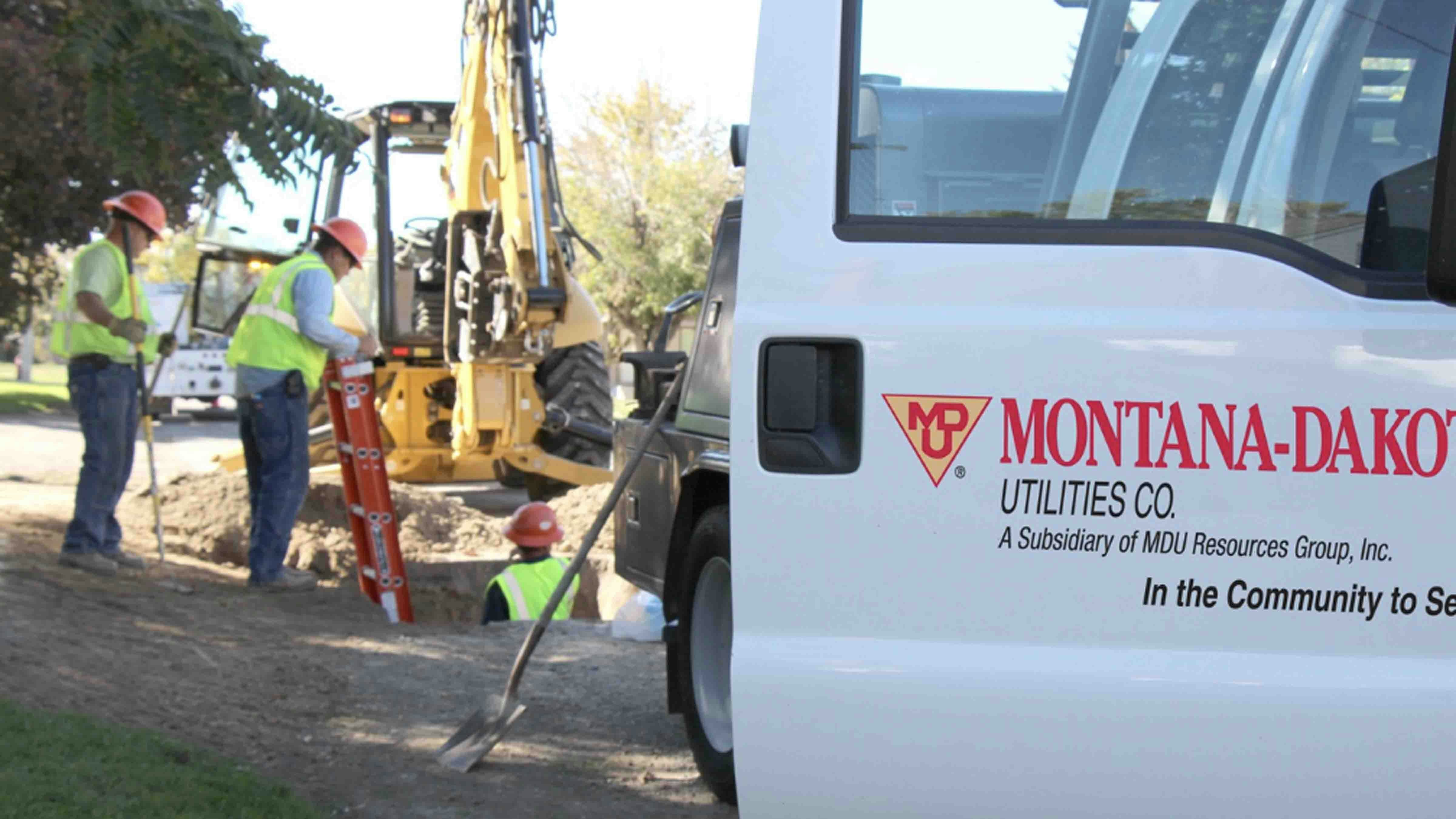By Renée Jean, Business and Tourism Reporter
renee@cowboystatedaily.com
Demand for service is rising at regional airports across the state, but a pilot shortage has forced airlines to cut the number of available flights at most of the state’s nine commercial airports.
Sheridan, Gillette and Cody have lost between a quarter to a third of their regional flights, while Rock Springs and Riverton have lost half or more, according to a study by the Regional Airline Association. Casper, meanwhile, has lost a little more than 10% of its flights, while Laramie had just a slight decline.
Cheyenne appears to have added more flights, according to the report, but that’s inaccurate. Cheyenne had temporarily halted flights during an improvement project. The flights have since restarted, Cheyenne Regional Airport’s Director of Aviation Tim Bradshaw told Cowboy State Daily.
So there are not actually more flights, just the same number of flights as before the project began.
That leaves only Jackson, a resort community that has a lot of destination flights, so far bucking the trend that’s hitting most rural regional airports across the nation, including those in Wyoming.
Troubling Trend Has Deep Roots
Wyoming’s regional airports have been in peril before. Sheridan lost air service a few years ago for a time and Cheyenne, the state’s capital, lost all of its flights for a time just as it was finishing up a new, multimillion-dollar air terminal.
“We had a brand new, $18 million airport terminal under construction in Cheyenne that was going to be opening in November of 2018,” CRAFT President Wendy Volk told Cowboy State Daily. “And here we were at March, eight months, you know, from having a brand new terminal, with no air service.”
That put the city at risk of losing its TSA security altogether, which Volk indicated would have been a very difficult obstacle to overcome.
Air Service Initiatives
Fortunately, Wyoming lawmakers had already anticipated the way things were trending and were working on an innovative strategy to keep its regional airports.
It involves two initiatives. One is an airport enhancement program to help regional airports maintain high quality, and the other a minimum capacity purchase agreement to ensure flights don’t drop below the threshold that’s economic for the service.
The latter, also known as an air guarantee, is a contract CRAFT is responsible for executing each year.
“We had a concerted effort with government officials, volunteers, the airport team, and it was a really neat collaborative effort,” Volk said. “We were able to open negotiations up with SkyWest.”
Now into the fourth year with SkyWest, Volk said the agreement has strengthened Cheyenne’s airport services.
“We’re up to over 80,000 passengers flying in and out of Cheyenne since CRAFT has been involved in restoring air service,” Volk said.
Pilot Shortage
Pressure points have continued to build since Wyoming’s minimum capacity purchase program was put in place. And the pandemic didn’t help matters. In fact, it accelerated the largest rising cost that regional airports face.
“It’s 100% the pilot shortage at this point,” Southwest Wyoming Regional Airport Director Devan Brubaker told Cowboy State Daily. “You know, fuel costs are one thing, but really, the fuel costs can be stomached and worked through.
“But the pilot shortage is impacting the availability of pilots, and it’s impacting the cost of pilots, and with the higher cost of pilots, it drives up the cost of the air service.”
That has airlines redirecting labor to more profitable aircraft with more seats at busier airports.
Meanwhile, the mandatory retirement age of 65 is still approaching for a large number of pilots.
“It’s kind of a perfect storm of a situation,” Brubaker said. “We’ve known it was coming, industry has known it’s been coming, but during the pandemic, there were some mass retirements that occurred by the most senior pilots of the airlines.”
That accelerated the expected trend. Then, when demand returned faster than forecast, the slow-motion pilot shortage hit the fast lane.
Downward Spiral
Fewer flights lead to higher costs for airlines and higher fares for passengers on the flights that remain. That can drive leakage — where passengers opt to drive longer distances to lower their ticket cost and/or to avoid a long layover time at the nearest large airport.
Brubaker, based in Rock Springs, and Riverton City Administrator Kyle Butterfield both believe they are already seeing significant leakage for their airports now that each community’s flights have been cut to one per day.
“The connecting times or their destination for when they’re coming back home are such that it just doesn’t quite work,” Butterfield told Cowboy State Daily. “It’s caused folks to have longer layovers in Denver or just to not be able to make connections in general.”
Long-term, this could imperil regional airports across Wyoming, Brubaker said.
“The economics of air service have shifted over the last couple of years,” he said. “And we are in a position now where the cost to have air service in our smaller communities is pretty high. If we were to drop to 30 seats, that would go higher, and that would make it more complicated.”
30-Seat Solution No Panacea
The idea behind dropping aircraft to 30 seats is mainly to alleviate the pilot shortage. With fewer seats, the hours required for pilot training goes down. SkyWest could then hire some pilots who wouldn’t be sought by larger airlines.
But, Brubaker explained, dropping seats has significant drawbacks — if the FAA will even approve the plan.
The economics of fewer passengers have become much less attractive in a world with rising fuel and other costs. In fact, many airlines have already done the calculus on that and have retired aircraft with fewer than 50 seats.
“Local elected officials would have to make some tough decisions around the state in each of the communities whether or not they could afford the match required,” Brubaker said about the increases fewer seats would mean for air guarantee contracts.
“So, it’s not a foregone conclusion, but it’s going to require local communities to decide whether they can afford the increased costs long-term,” he said.
Brubaker, who sees that the overall trends are not looking good for rural states like Wyoming, is part of a delegation that is in Chicago this week to visit with United Airlines executives to discuss the situation and innovative solutions.
“We have enough demand to support (more flights), Brubaker said, referring to what he sees in Sweetwater County. “And we’d obviously love to have more flights. We’re anxiously awaiting that opportunity and, to that end, I, along with a few others, are flying to Chicago to meet with United Airlines to see if there’s opportunities or new approaches or new ideas on how we can offer more capacity in our markets across the state.”
Economic Development At Stake
Regional flights in and out of communities are about more than taking vacations. Packages, medical services, conventions, tourism and business are all touched in one way or another by airport services.
“Commercial air service here in Sweetwater County generates extreme economic impact, and it supports our local industries and supports our medical services,” Brubaker said. “It supports all of the business here in the community, and it contributes to quality of life and quality of place. People don’t want to live somewhere that it’s not convenient to be able to travel for leisure to go see family or friends.”
Sweetwater County has had several large expansions recently and new developments, Brubaker added.
“Each one of those is partially made possible by the connectivity that our commercial air service provides,” he said.
Butterfield also sees the airfield service as critical to economic development, now and in the future.
“In fact, our economic development arm for the community is called IDEA Inc. and the director for IDEA Inc. frequently reports that when he receives interest from businesses or entities or manufacturers looking at our area, connectivity and commercial air service is one of the things they want to see,” Butterfield said.
While the trend has been to cut air service to regional airports like Riverton’s, economic development initiatives depend on more flights, not fewer.
“I’d love to get to the point where we have three round-trip flights out of central Wyoming, but I also understand the market and the industry pressures that are going on right now,” Butterfield said. “And I’m going to say I feel fortunate that we’ve kept the one round-trip flight that we have, especially when I see that there have been other communities that are even larger than Riverton that have lost their regional air service.”
Volk, meanwhile, said people would be surprised to realize just how integral airline services are to the convention business and tourism business that comes through Cheyenne.
“Tourists don’t just come through Cheyenne during 10 days of July (for Frontier Days),” she said. “They come year-round. There’s all types of business training that the state does here, and so tourism and overnight stays is a big part of it.”





